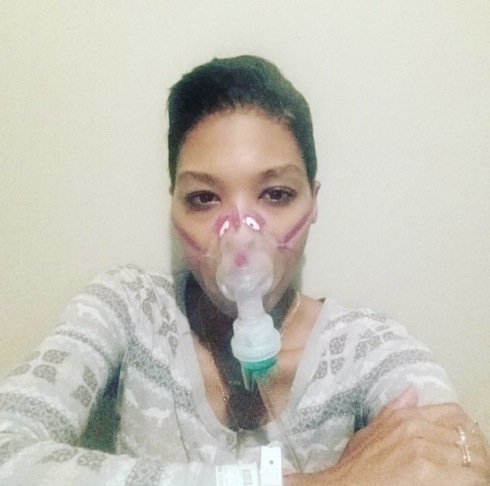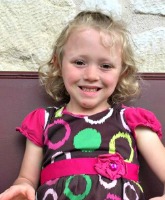Singer Randy Rogers explains his 6-day-old daughter’s cause of death
Earlier this month, Randy Rogers and wife Chelsea Rogers were thrilled to welcome what they initially believed was a perfectly healthy baby girl, Rumur Rain.
“My other two babies [daughters Isabel, 5, and River, 21 months] have my light hair,” Randy told People. “Chelsea really wanted a baby with dark hair like her. The minute Rumer was born I was like, ‘Hell, yes!’ She had a full head of dark hair! The moment was just full of joy. We thought we had a healthy baby. We shared the news with friends and even posted a picture on social media.”
Within hours, Randy said they realized something wasn’t right with Rumur, who was lethargic and refused to eat. As the singer explained,
We kept getting assurances from the doctors and nurses – a lot of babies think they’re still in mommy’s belly and they don’t want to wake up for a day or eat – but then Rumer went to the NICU about eight hours after her birth. It was a six-day process. It was heart-wrenching and grueling not knowing what was wrong. She was put on a feeding tube pretty early on because she couldn’t eat or swallow, then she decided to stop breathing and we had to put her on a vent.
Doctors eventually determined little Rumur had nonketotic hyperglycinemia, a rare, incurable genetic condition that prevents the body from breaking down and processing amino acids. It affects 1 in 66,000 American newborns and can cause seizures and problems with breathing, feeding and brain functions.
“Chelsea and I always thought that we were two peas in a pod,” Randy said. “Turns out literally we are genetically, we have the same exact recessed gene.”

The Randy Rogers Band, with Randy in the center.
Just two weeks after the heartbreaking loss of their daughter, Randy said he and Chelsea are trying to look on the bright side.
“Now because my daughter died and we now know we carry this gene, no one else in our family will have to have that happen to them and science is to thank for that,” he said, explaining he and Chelsea plan to use in vitro fertilization to have another child. That process will allow them to ensure the implanted embryo does not have nonketotic hyperglycinemia.
(Using IVF to screen for genetic conditions is much more widely accepting than using it for preimplantation gender selection.)
“There will need to be genetic screening and genetic testing done before the implantation of the fertilized egg,” Randy said. “It’s given us a lot of joy and hope knowing that it is possible for us to do this, it’s just going to have to be a different route than the traditional one.”
The couple is also teaming up with Austin’s Seton Medical Center to fund more nesting suites for families with a baby in NICU. That will allow parents to stay in “home-like” environments without having to leave the hospital.
“Chelsea was discharged from the hospital after just two days, but our nesting room enabled us to still be there for Rumer and hold her around the clock,” he said. “You want to be there all the time, you want to know who is taking care of your kid, you want to speak to the doctors and nurses….This is something every hospital in the country should have.”





